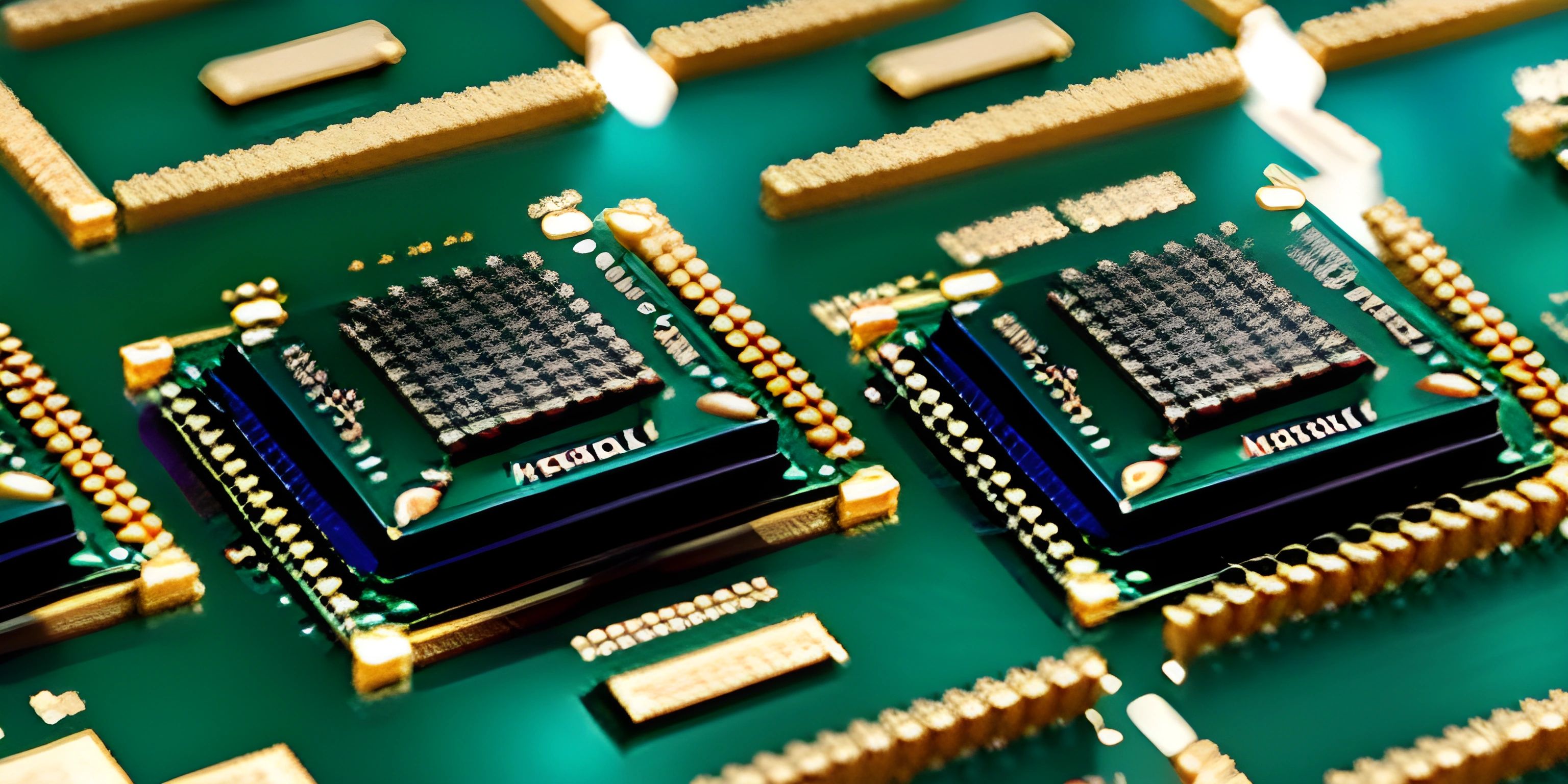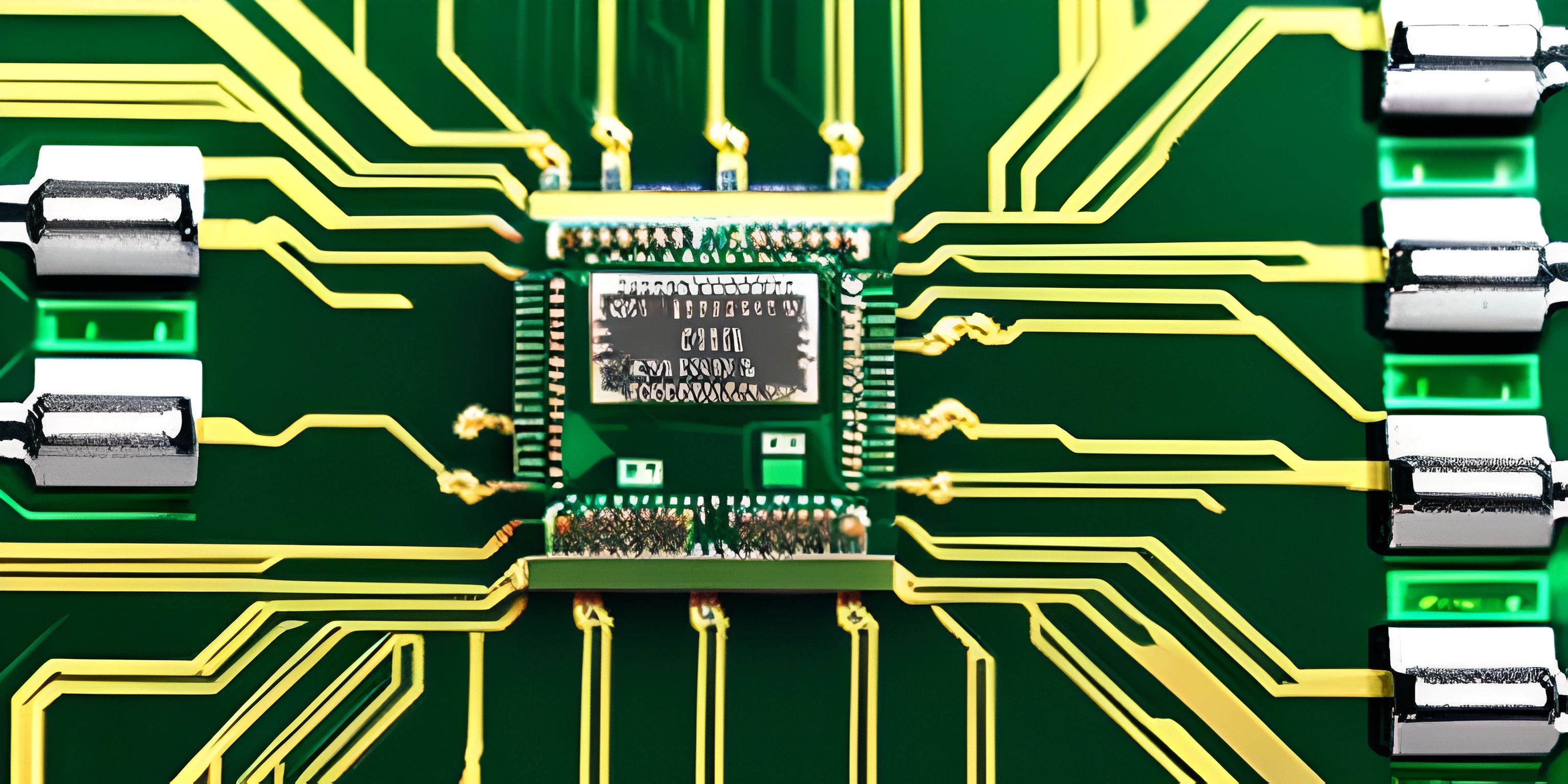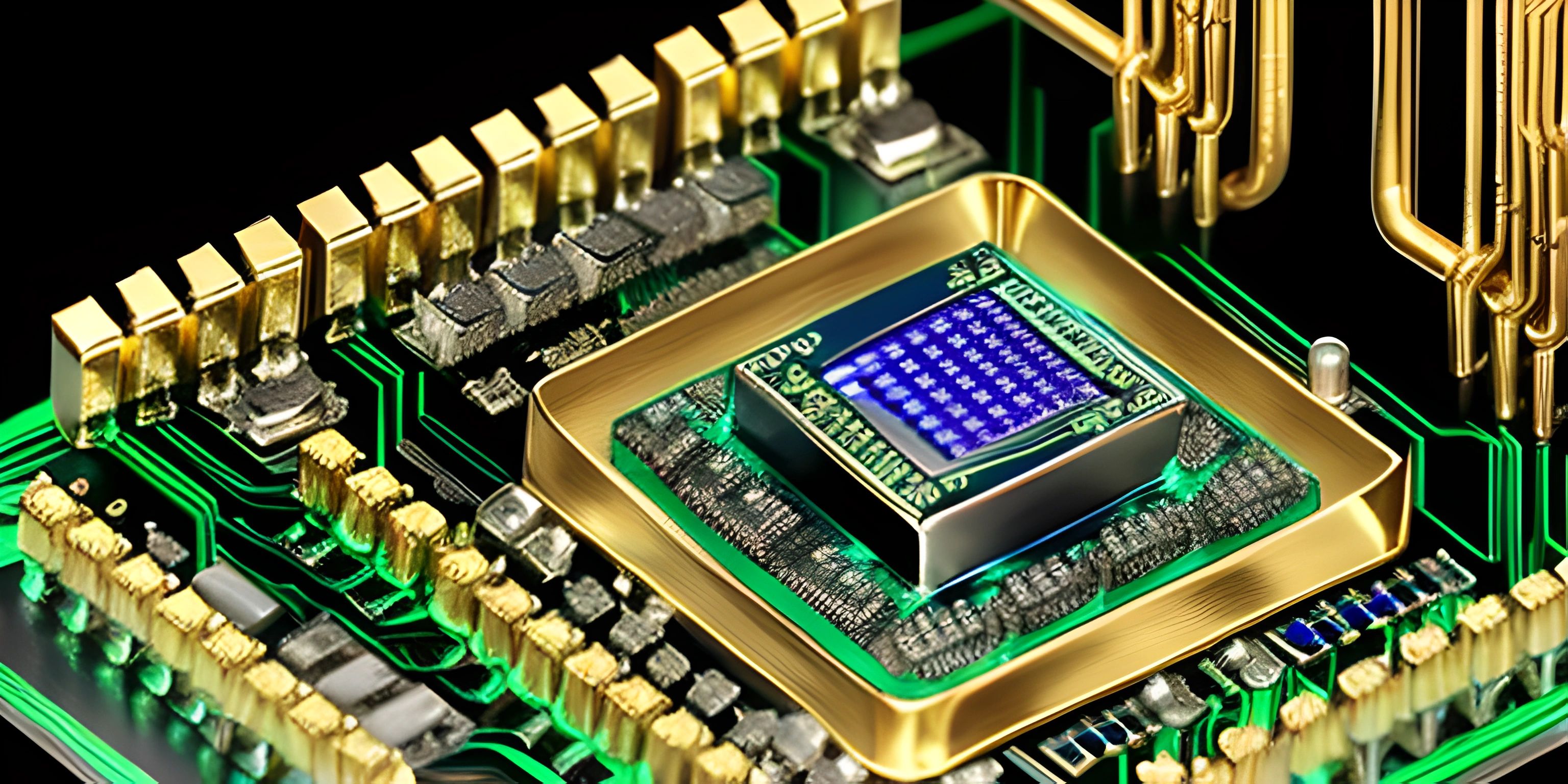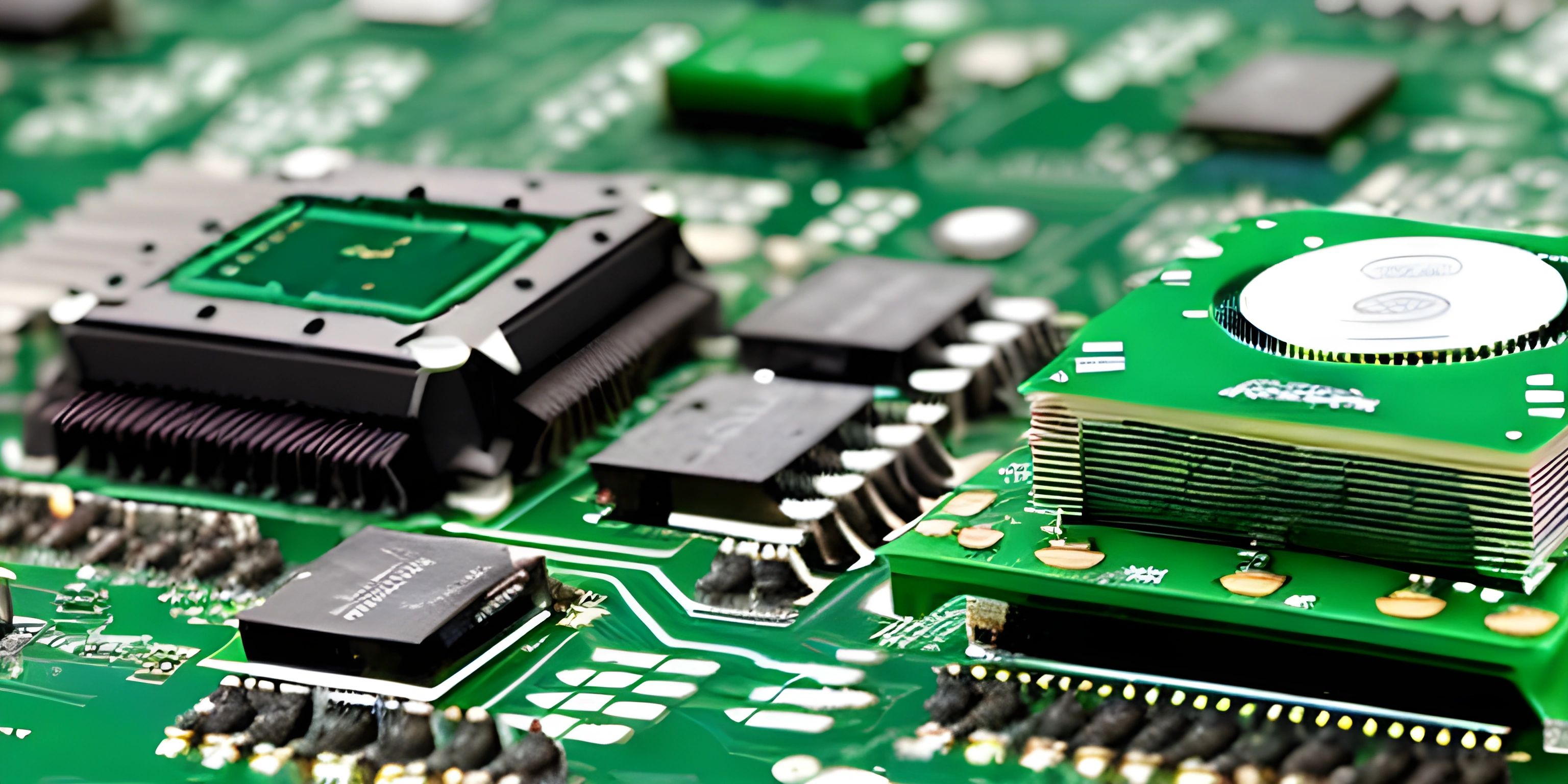Exploring the History and Impact of Intel Pentium Processors

Note: this page has been created with the use of AI. Please take caution, and note that the content of this page does not necessarily reflect the opinion of Cratecode.
Imagine a world where computers are slow, bulky, and less efficient than the average toaster. That was the reality before Intel shook things up with their groundbreaking Pentium processors. Let's hop into our virtual time machine and explore the history and impact of Intel Pentium processors!
The Birth of Pentium
Before the Pentium, Intel had already made a name for itself with its 8086 and 486 processors. However, it was the Pentium processor, introduced in 1993, that truly revolutionized the world of computing. The name "Pentium" was chosen not just for its catchy ring but also to avoid numerical trademarks (Pentium means "fifth" as in the fifth generation of Intel processors).
Pentium processors were a huge leap forward in terms of speed and efficiency. They introduced several key innovations:
- Superscalar architecture: This allowed the processors to execute more than one instruction per clock cycle, significantly boosting performance.
- 64-bit data bus: Doubling the data bus width from 32 bits meant data could be transferred twice as fast.
- On-chip floating-point unit (FPU): Enhanced the processor's ability to handle complex mathematical calculations, making it ideal for multimedia applications.
Performance and Features
The early Pentium processors had clock speeds ranging from 60 MHz to 300 MHz. To put that into perspective, modern CPUs can reach speeds of several GHz (1 GHz = 1000 MHz). Despite this, the Pentium was a beast in its time, thanks to its architectural innovations.
Pentium Pro
In 1995, Intel introduced the Pentium Pro, which was aimed at servers and high-end workstations. It featured an integrated Level 2 (L2) cache that significantly improved performance for data-intensive tasks. The Pro also paved the way for future generations of Intel processors, including the Pentium II and III.
Pentium MMX
In 1996, Intel launched the Pentium MMX, an enhanced version of the original Pentium. The MMX (MultiMedia eXtensions) technology added 57 new instructions specifically designed to accelerate multimedia and communication tasks, such as video encoding and 3D graphics.
Impact on the Industry
The Pentium processors not only boosted the performance of personal computers but also had a ripple effect across the entire industry. Here are a few ways they made their mark:
Software Development
With the increased processing power, software developers could create more complex and resource-intensive applications. This led to the rise of graphically rich games, advanced business software, and multimedia applications. The Pentium's FPU was particularly beneficial for engineering and scientific software that required heavy mathematical computations.
Consumer Electronics
The enhanced capabilities of Pentium processors found their way into consumer electronics, including video game consoles, set-top boxes, and even some early mobile devices. This helped bridge the gap between computing and entertainment.
Legacy
The legacy of Pentium processors is profound. They were a crucial stepping stone in the evolution of modern CPUs. Many of the technologies and architectural innovations introduced with the Pentium series are still in use today.
Educational Impact
The widespread adoption of Pentium processors also had a significant educational impact. With more powerful computers available at lower prices, educational institutions could afford to equip their labs with modern machines, facilitating better learning environments for computer science students.
Economic Impact
The success of the Pentium line solidified Intel's position as a leader in the semiconductor industry. This not only boosted Intel's financial standing but also contributed to the broader tech economy, encouraging investment and innovation across the sector.
Conclusion
The Intel Pentium processors were more than just a technological advancement; they were a catalyst for change in the computing world. From their groundbreaking architecture to their far-reaching impact on software development and consumer electronics, Pentium processors have left an indelible mark on the history of technology.
Hey there! Want to learn more? Cratecode is an online learning platform that lets you forge your own path. Click here to check out a lesson: Rust Chat App Backend (psst, it's free!).
FAQ
What was the significance of superscalar architecture in Pentium processors?
Superscalar architecture allowed Pentium processors to execute more than one instruction per clock cycle, significantly boosting overall performance and efficiency.
How did the Pentium processors affect software development?
The increased processing power enabled developers to create more complex and resource-intensive applications, including graphically rich games and advanced business software.
What was the role of the on-chip floating-point unit (FPU) in Pentium processors?
The on-chip FPU enhanced the processor's ability to handle complex mathematical calculations, making it ideal for multimedia and scientific applications.
How did the Pentium processors impact consumer electronics?
The enhanced capabilities of Pentium processors found their way into consumer electronics like video game consoles and set-top boxes, bridging the gap between computing and entertainment.
What is the legacy of Intel Pentium processors?
Pentium processors were a crucial stepping stone in the evolution of modern CPUs, and many of their architectural innovations are still in use today. They also had significant educational and economic impacts.





